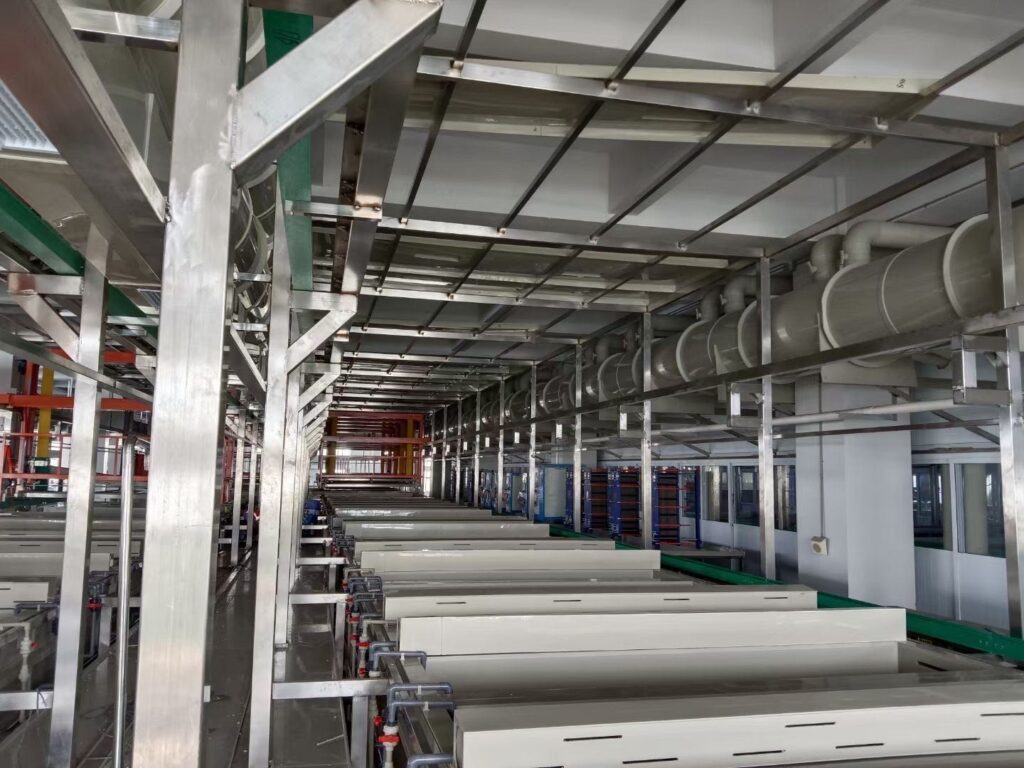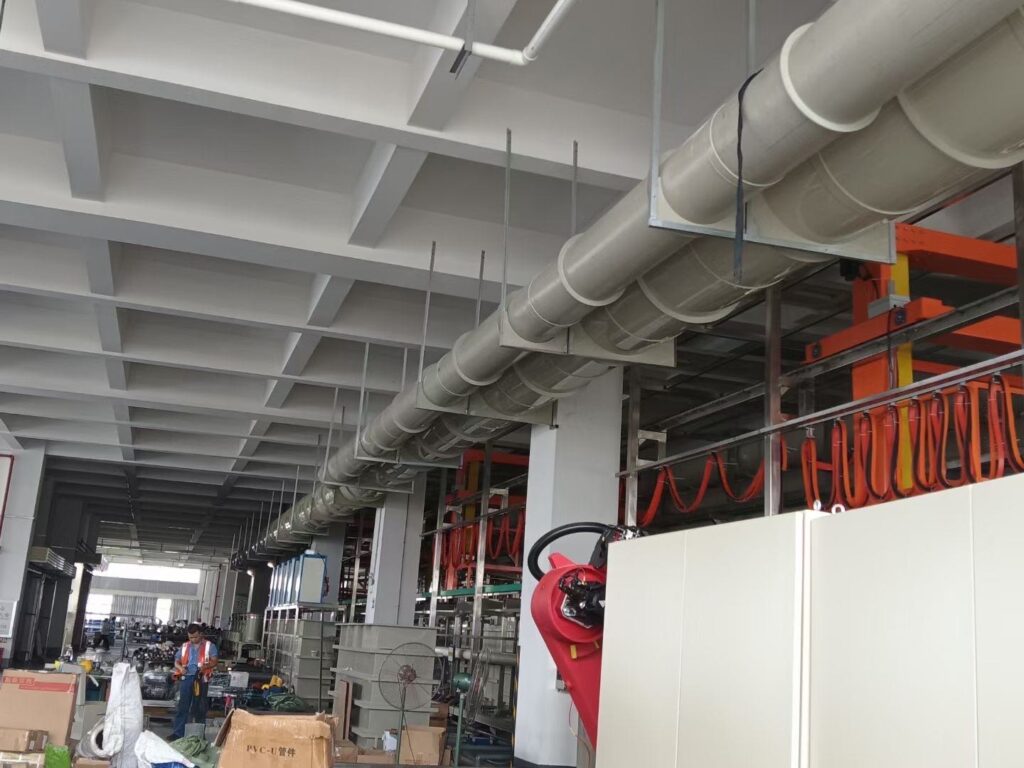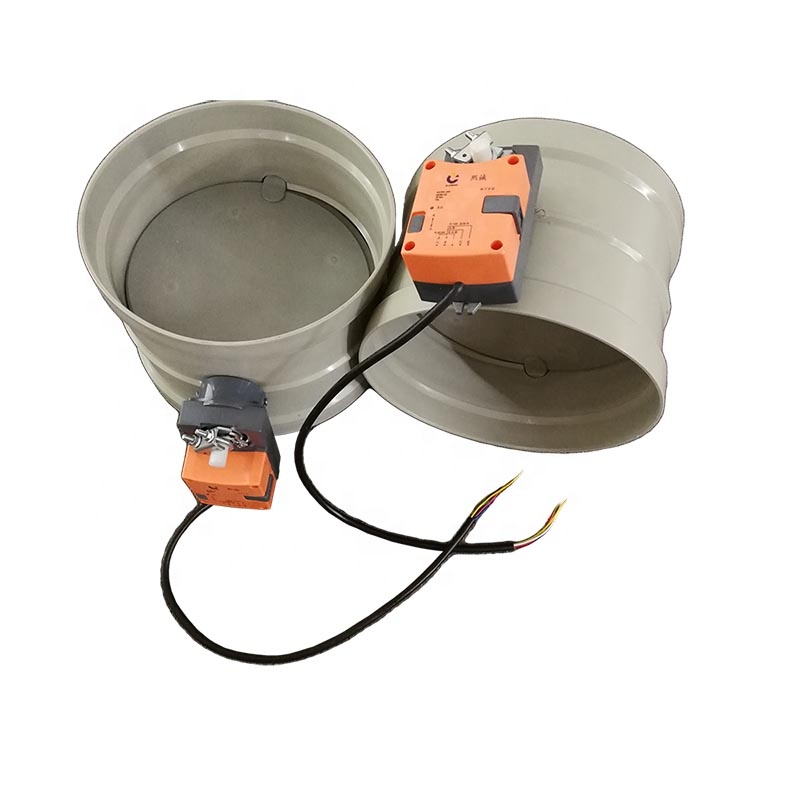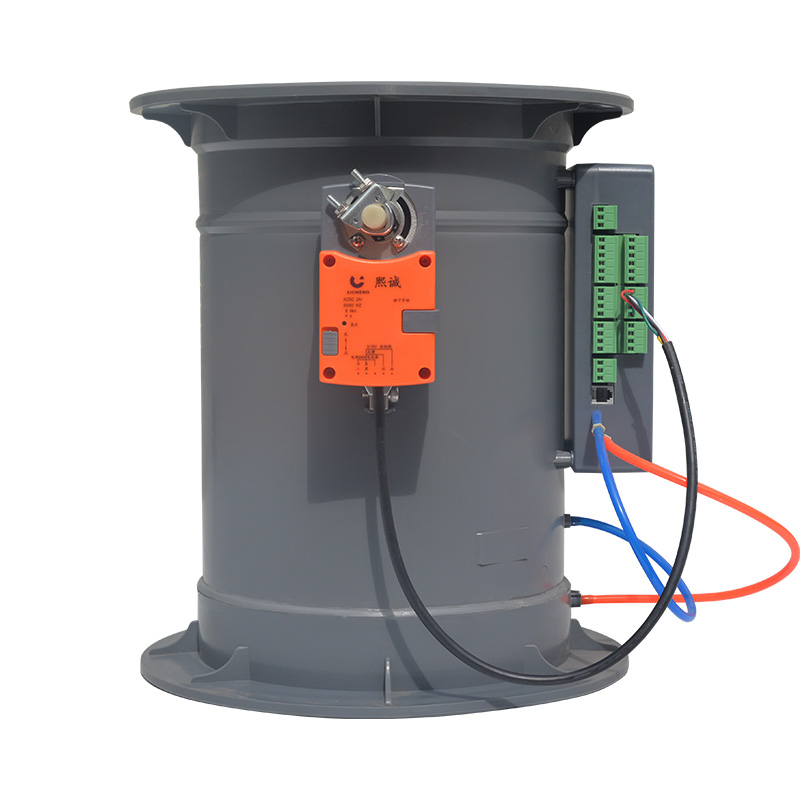How to control the air volume of the air duct?
Category : Blog
Air ducts are a crucial component of HVAC (heating, ventilation, and air conditioning) systems. The air ducts carry air from the HVAC unit to different parts of a building, ensuring that the temperature and air quality are consistent throughout the building. One of the most important aspects of air ducts is the ability to control the air volume. Air volume control is necessary to ensure that the HVAC system functions efficiently and effectively, and that the air quality and temperature are appropriate for the building’s occupants. In this article, we will discuss the different methods of controlling air volume in air ducts.

Air volume control in air ducts can be achieved through various methods.
Dampers:
Dampers are the most common method used to control air volume in air ducts. Dampers are essentially adjustable plates that are installed within the air ducts. They can be manually adjusted or motorized to regulate the air flow in the ducts. The dampers can be placed at different points within the duct system, such as at the main duct or branch ducts, to control the airflow throughout the system. Manual dampers are typically adjusted by a handle or lever, while motorized dampers are controlled by a thermostat or building automation system.
VAV Boxes:
Variable air volume (VAV) boxes are another method of controlling air volume in air ducts. VAV boxes are typically installed at the end of the branch ducts, close to the air outlets. They are equipped with a damper and a fan, which allows for the precise control of air volume and air temperature. VAV boxes can be controlled by a thermostat or building automation system, and they can adjust the air volume and temperature based on the room’s heating and cooling requirements.
Airflow Measurement and Control Devices:
Airflow measurement and control devices are used to measure the air volume in the air ducts and adjust the airflow accordingly. These devices include flow meters, pressure sensors, and pitot tubes. They can be connected to a building automation system to provide precise control of the air volume and ensure that the HVAC system operates efficiently.
Variable Speed Drives:
Variable speed drives (VSDs) are used to regulate the speed of HVAC fans and pumps. VSDs can adjust the speed of the fans or pumps based on the airflow requirements of the HVAC system. This ensures that the system operates efficiently and uses energy only when it is needed. VSDs can be installed at the HVAC unit or at different points throughout the duct system.
Balancing Dampers:
Balancing dampers are used to balance the airflow in the air ducts. Balancing dampers are installed at the branch ducts and are used to adjust the airflow to ensure that each room receives the correct amount of air. Balancing dampers are typically manually adjusted and can be used in conjunction with other air volume control methods.

Controlling the air volume in air ducts is essential to the efficient and effective operation of HVAC systems. There are several methods available for controlling air volume in air ducts, including dampers, VAV boxes, airflow measurement and control devices, VSDs, and balancing dampers. The appropriate method will depend on the specific needs of the building and the HVAC system. It is important to work with a professional Ductwork contractor to determine the best method for controlling air volume in air ducts and to ensure that the HVAC system operates efficiently and effectively.

